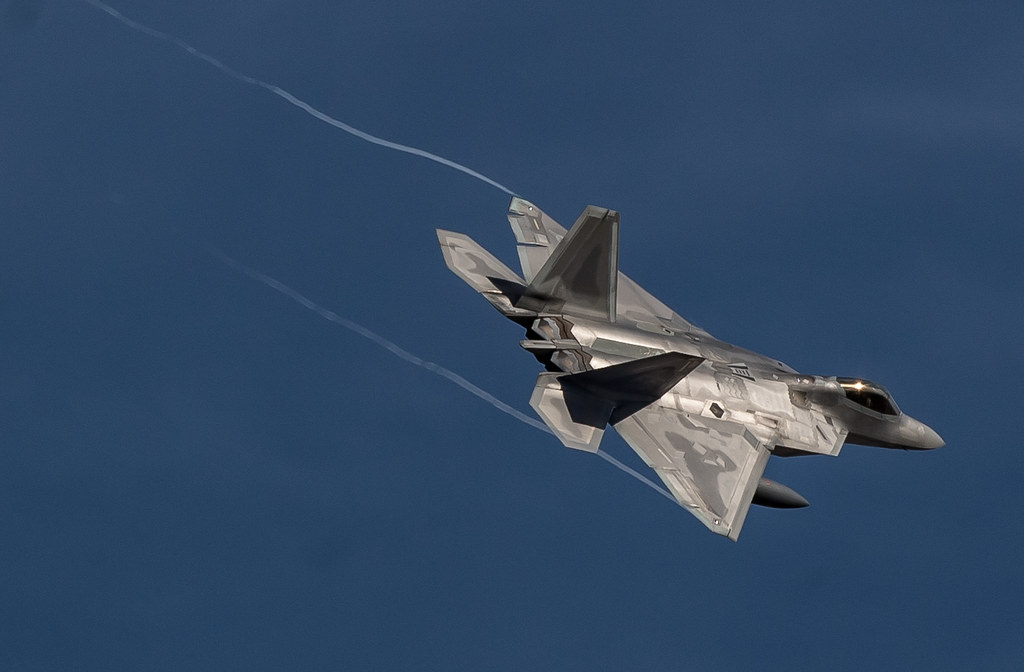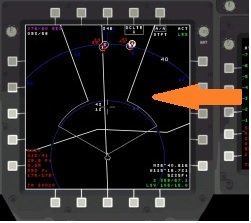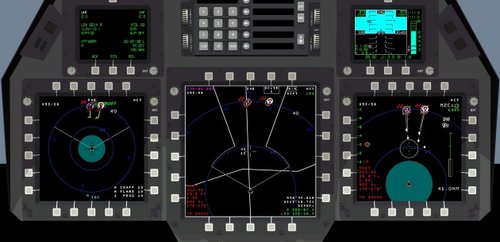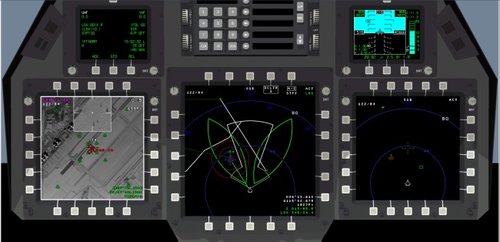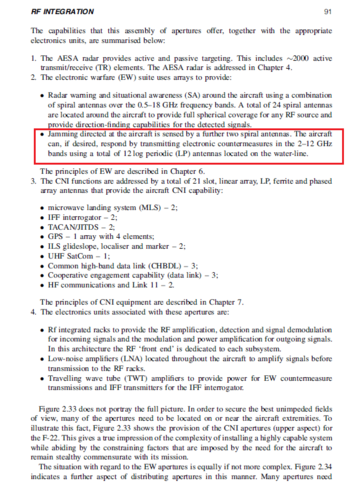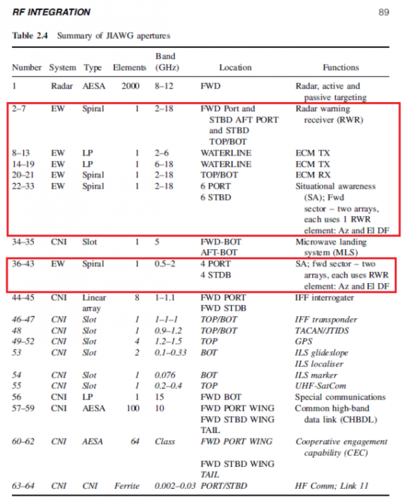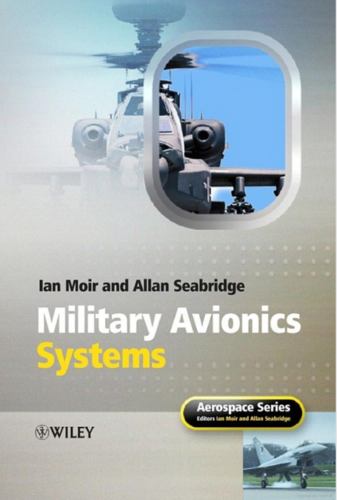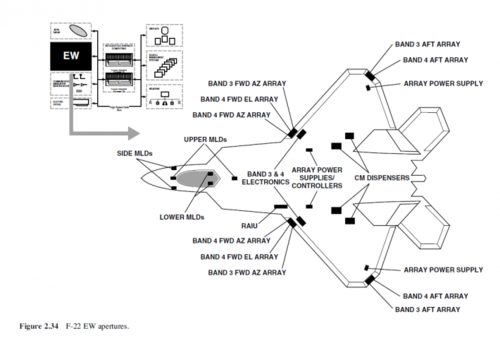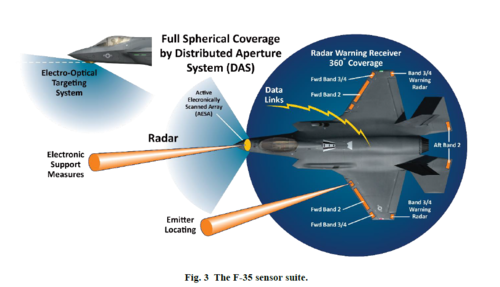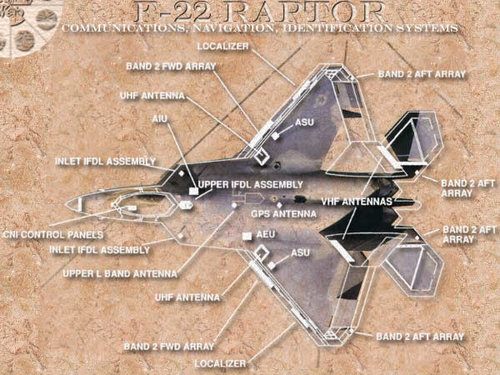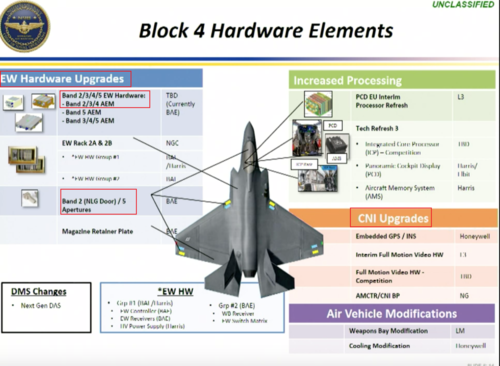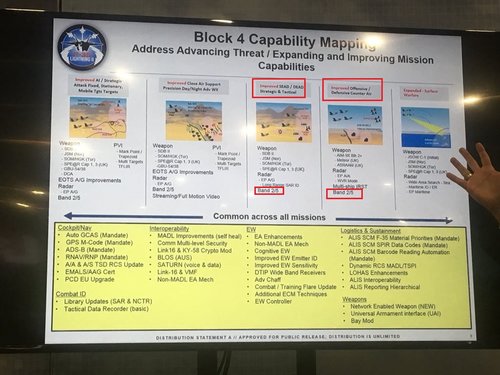Is it a realistic idea to adapt the F-22 airframe to the F-35 systems and modern engines with the radar absorbing coatings etc to produce a sidekick aircraft with complementary abilities? Obviously they have different roles and capabilities so could the hybrid be a useful addition to the fleet instead of modernising 4th gen aircraft while hoping they can do the job? I know this is as old as the hills but with all the talk of F-15X and F-16 that I thought I would see if I could get a single answer or just differentiated opinion. Rock on.
When it comes to adapting the F-22 airframe with F-35-like systems, the technical feasibility shouldn't in question, although you may need to add more electrical power generation. In fact, I believe that a mid-life upgrade in the 2020s is aiming to adapt a lot of the F-35's additional air-to-air capabilities into the F-22, such as DAS, cockpit upgrade, hardware refresh, sensor enhancements (some of this is being funded in FY2021, I think), etc. If you're talking about producing upgraded F-22 aircraft, I think the main problem is cost and schedule, since the production line is gone so any new F-22s production restart would need some pretty substantial non-recurring costs, on the order of $10 billion over nearly a decade. I think the USAF would rather invest those funds on a fresh NGAD design that would offer far greater capabilities for the money. It's a shame that we don't have more F-22s, but that is well behind us now.
The entire reason for buying the F-15EX is to rapidly get more fighter aircraft for the USAF as the F-15C fleet is nearing the end of its structural life, and relatively affordably since the production line is still active from export orders (Saudi Arabia and Qatar). Although, I have to admit that the justification is a bit shaky given that the apparent unit cost of the F-15EX doesn't seem to be particularly different from an F-35A, but I suppose it can fulfill a different set of missions or perhaps niche roles; USAF and Israeli Air Force at least found it compelling enough. I suspect that industrial considerations to support Boeing's St. Louis division might also be a motivating factor.

